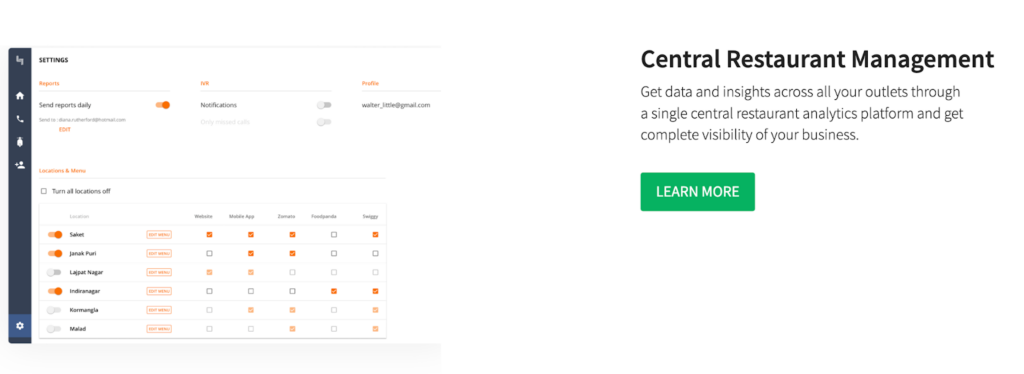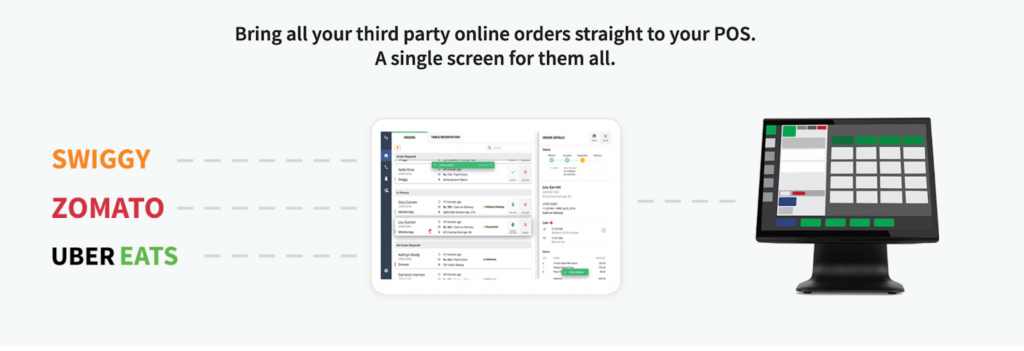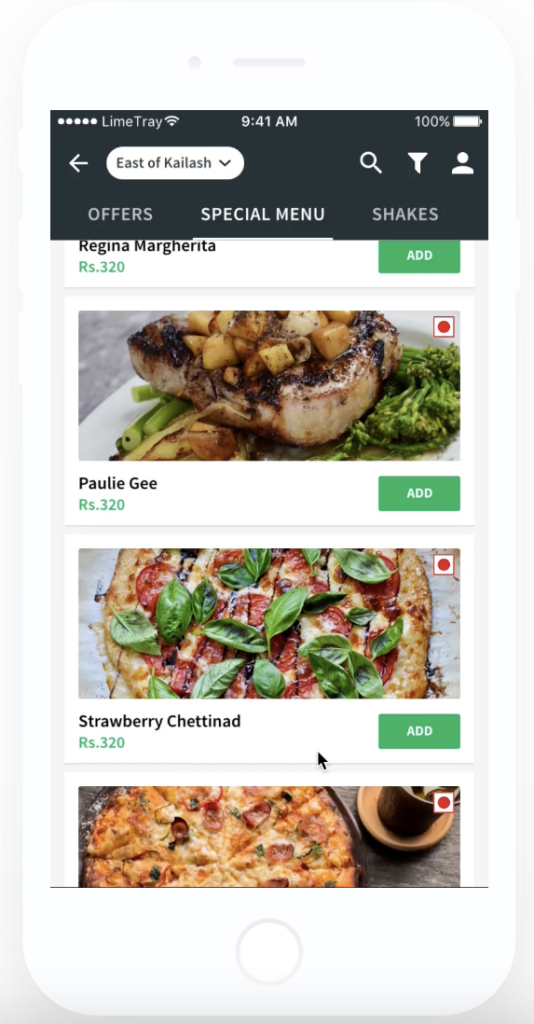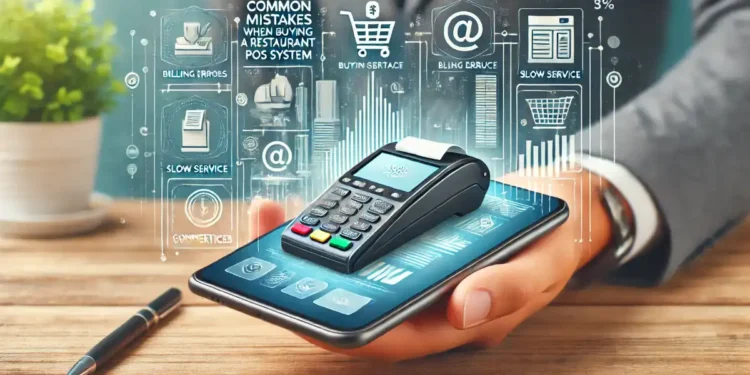So, you’re in the process of selecting a restaurant POS system? Congratulations! This is one of the most important decisions you’ll make for your business. A great POS can centralize operations, deliver better customer service, and increase profitability.
But, as with anything in life, it’s easy to trip up if you don’t know what you’re looking for. And let’s face it—there are a lot of ineffective POS systems out there. Some are glitchy, overpriced, or difficult to use, and we call those the worst restaurant POS systems.
But don’t worry! We’ve got your back. The blog below explores common mistakes when choosing a restaurant POS system.
Why You Need to Implement a Restaurant POS System?
If you’re still running your restaurant with a traditional cash register or relying on paper tickets, it’s time to rethink your strategy. A restaurant POS system is no longer just a luxury; it’s a necessity.
Why? Well, think about the chaos that can occur when orders are misplaced or errors pile up. A POS system centralizes your operations, so orders are processed accurately, payments are secure, and inventory is always up-to-date.
It’s like having an extra set of hands—without the risk of human error! Plus, the faster you process orders, the happier your customers will be, and that’s always a win.
But it’s not just about speed and accuracy. A modern restaurant POS system can also offer valuable insights into your business. From tracking sales trends to managing staff schedules, POS systems provide data that can help you make informed decisions.
For example, you can spot which dishes are flying off the menu and which ones are gathering dust, helping you adjust your menu accordingly. Therefore, having the right tools at your fingertips isn’t just convenient—it’s critical to your success.
10 Mistakes to Avoid When Buying a Restaurant POS System
Choosing the right restaurant POS system is no easy task. One wrong move can cost you time, money, and a lot of frustration.
Here are the 10 worst restaurant POS systems buying blunders committed by first-time buyers.
- Ignoring Your Business Needs
Say you’re looking at a POS system, and it seems like it can do everything—from order taking to payroll to inventory tracking. Sounds amazing, right? But here’s the catch: It might not suit your specific needs at all.
One of the most challenging restaurant POS systems is the one that doesn’t align with your operations. If you don’t take the time to understand what features your restaurant really needs, you’re setting yourself up for failure.
Before making any decisions, take a step back and assess your restaurant’s unique requirements. Are you running a fast-casual, sit-down, or fine-dining establishment? Each restaurant type needs different functionalities.
For example, a fine-dining restaurant might need detailed item modifiers and table management features, while a fast-casual place might prioritize speed and quick checkout.
Understanding your business model will help you select the system that suits your needs without overpaying for unnecessary features.
- Neglecting User-Friendliness
How many times have you heard restaurant staff groan when they have to use a POS that feels more like a puzzle than a tool? A system that is hard to learn or clunky to navigate can slow down your operations and frustrate your staff.
There’s nothing worse than a complicated POS system. That’s one of the reasons we refer to certain systems as the worst restaurant POS systems—they’re so unintuitive that they can even affect your profitability.
Opt for a POS system that’s user-friendly and doesn’t require a Ph.D. to operate. A good restaurant POS should have a clean interface, easy-to-use features, and a simple setup process.
Staff training should be a breeze, and the system should minimize errors by being intuitive. Look for systems that offer free trials or demos so you can see if the interface is a good fit before committing.
How many times have you heard restaurant staff groan when they have to use a POS that feels more like a puzzle than a tool? A system that is hard to navigate can slow down your operations and frustrate your team, ultimately affecting customer service.
That’s where LimeTray’s intuitive, user-friendly restaurant POS dashboard comes in. With a simple and easy-to-use interface, your staff can get up to speed quickly, leading to smoother operations from day one.

- Overlooking Integration with Other Tools
Is your POS system going to work in harmony with your other restaurant management tools? If not, you’ll quickly find yourself juggling multiple systems, leading to confusion, errors, and inefficiency.
Imagine trying to handle inventory, payroll, and customer orders separately. It’s a recipe for disaster.
Always go for a POS system that can easily integrate with other tools in your restaurant. Be it your accounting software, online ordering system, or employee scheduling app, having everything connected makes a massive difference in improving performance.
The more refined your processes, the better your overall operation. A great POS system should be flexible enough to grow with your business and integrate with the tools you need.
Imagine trying to handle inventory, payroll, and customer data separately—frustrating, right? That’s where LimeTray’s integration with payment platforms and delivery services comes in.
With this system in place, you can simplify operations, reduce errors, and improve the customer experience by connecting all your tools in one place.

- Focusing Too Much on Price
Ah, yes—the tempting allure of a cheap POS system. It’s easy to get swayed by a low price tag, but be warned. Price should never be the sole factor when choosing a restaurant POS.
If you go for the cheapest option, you might end up with a POS that lacks key features or offers poor customer service. Worse, you might fall into the trap of using one of the worst restaurant POS systems on the market.
Sure, it’s inexpensive upfront, but you’ll spend far more in the long run fixing issues and dealing with inefficiencies.
Instead of focusing only on the price, look at the value the system offers. Does it provide the features you need? Does it have a solid reputation for reliability and customer support?
Sometimes, investing more upfront can save you headaches and money later on. Make sure you choose a system that will help your restaurant run smoothly and scale with your business.
- Not Thinking About Customer Support
When things go wrong—and they will at some point—you need quick customer support. Imagine you’re in the middle of a busy dinner rush, and your POS crashes.
If you can’t get help fast, you’re in big trouble. That’s where some of the worst restaurant POS systems fail, leaving you stuck without a lifeline. Before you make a final decision, check out the customer support options available with the POS system.
Can you reach someone quickly when you need help? Does the company offer 24/7 support? Do they provide online resources such as tutorials, chatbots, and FAQ pages?
Having reliable customer support will give you peace of mind and keep your operations running smoothly during stressful situations.
- Underestimating Reporting and Analytics
As a restaurant owner, you need data to make informed decisions. Without detailed reports, you might be flying blind when it comes to things like sales trends, inventory, and customer preferences.
Many restaurant POS systems out there don’t provide robust reporting features, leaving you with very little insight into your business. This can hinder your ability to grow and adapt—and let’s face it, it’s one of the telltale signs of the worst restaurant POS systems.
Look for a POS system like ours that offers detailed reports and analytics. You should be able to track sales, inventory, employee performance, and customer data.
The best systems allow you to generate custom reports so you can focus on the metrics that matter most to your business.
Armed with these insights, you’ll be able to make better business decisions, optimize operations, and improve customer satisfaction. Want to see it in action? Learn more here!
- Ignoring Mobile Compatibility
Have you ever wished you could manage your restaurant remotely or handle orders from anywhere? If your restaurant POS system is not mobile-friendly, you’ll be stuck behind the counter and unable to monitor your business while you are out and about.
Make sure your POS system offers mobile compatibility. A cloud-based POS system is a great option because it allows you to access your restaurant’s data from anywhere with an internet connection.
You can monitor sales, track inventory, and even communicate with staff from the palm of your hand. Mobility gives you the flexibility to manage your restaurant on the go and helps you stay connected to your business wherever you are.
That’s where LimeTray’s mobile app comes in. This app helps you stay connected to your restaurant no matter where you are. From tracking orders to managing inventory, LimeTray’s mobile app keeps you in control on the go.

- Not Considering Future Technological Trends
It’s tempting to pick the restaurant POS system that works for your restaurant today. But here’s the thing: restaurant technology is evolving, and one of the challenges with restaurant POS systems is choosing one that becomes outdated too quickly.
By focusing solely on your current needs, you might overlook future innovations that could save you time and money down the line.
Technology is moving fast—think contactless payments, AI-driven analytics, and cloud-based management tools. These aren’t just “nice-to-haves”; they’re becoming essential.
Imagine you buy a POS system today that doesn’t support mobile payment solutions or doesn’t integrate easily with your online ordering platform.
In a year or two, you could find yourself stuck in a situation where your system is limiting growth rather than enabling it.
When shopping around, look for a system that’s scalable and adaptable. Choose a POS that can grow with your business. The best restaurant POS systems offer regular updates, provide cloud-based management, and easily integrate with new technologies.
- Skipping the Testing Phase Before Purchase
This is a huge one. When you buy a restaurant POS system without testing it first, you might end up with a system that doesn’t fit your actual workflow.
Sure, the software might look impressive on paper or in demo videos. However, you won’t truly know how it performs in real-world settings without a test drive.
Skipping this step is like buying a car without taking it for a test drive—you could end up with something you didn’t expect.
Poor user interface or incompatibility with other systems may make your POS difficult to use with restaurant POS systems.
Always test the POS system before purchasing. Make sure it matches your specific operational needs.
Does it support the features you need for inventory management, ordering, and payments? How easy is it for your staff to use? Will it integrate smoothly with your existing technology?
Testing helps you spot issues and avoid surprises after installation.
- Neglecting Security Features in POS Systems
Security is one area where you absolutely cannot afford to cut corners. POS systems handle a lot of sensitive data, including payment details and customer information.
If your restaurant POS system isn’t equipped with the latest security features, you’re opening the door to cyber threats. In a world where data breaches are becoming more common, neglecting security features could land your restaurant in hot water.
Just think about it: your POS system collects credit card data. If it lacks end-to-end encryption or doesn’t comply with the Payment Card Industry Data Security Standard (PCI DSS), you may be vulnerable to a breach.
And the worst part? It might take months or even years to notice, by which time your reputation might already be damaged.
Security should be at the top of your list when evaluating restaurant POS systems. Look for systems with end-to-end encryption, tokenization for payment processing, and features that comply with industry security standards.
Make sure the system is regularly updated to protect against new threats.
Here’s a great example of how LimeTray’s technology helped Zaroob’s business stay secure and compliant. By expediting operations, they proved that strong security and productivity can go hand in hand. Watch their full story here.

Conclusion
Buying a restaurant POS system isn’t just a purchase—it’s an investment in your business’s future. The right POS can transform your operations, upgrade your customer service, and improve your bottom line.
But, avoid common mistakes like focusing solely on price or overlooking the importance of integrations and customer support. The last thing you want is to end up with one of the worst restaurant POS systems on the market.
Take your time, do your research, and make sure the system you choose aligns with your unique needs. With the right POS system in place, you’ll be well on your way to running a smoother, more profitable restaurant.
That is why the LimeTray POS system is designed to automate your operations and provide exceptional support—making it the ideal choice for your restaurant’s future. See it in action—request your free demo now!



